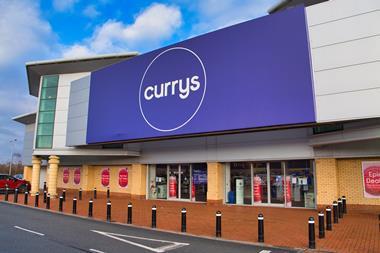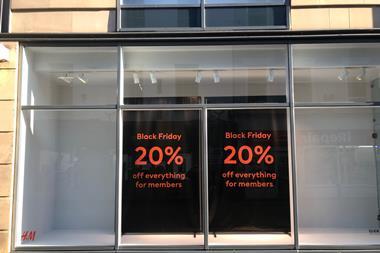Ever since the shift towards mobile devices as online portals made location important again, the potential to leverage real estate has been handed back to landlords.
It wasn’t so long ago that showrooming - the act of a shopper browsing and researching in-store, then using their mobile device to price compare and to buy elsewhere - was being cited as the final nail in the store coffin. So moved was America’s consumer electricals giant Best Buy to oppose the practice that it claimed it had defeated showrooming when it developed on-shelf bar codes which could not be read by mobile devices.
Yet such tactics, and the general reluctance to facilitate wi-fi within retail environments, always felt like an ultimately futile exercise at putting off the inevitable and at the same time putting off shoppers who increasingly expected to be able to access the internet while away from the home or workplace.
Now the mantra is convergence - finding ways to meld the digital and the physical to improve the retail experience and, importantly, to bolster sales. Free wi-fi is proliferating in shopping centres and will be supplemented by 4G which I am told, by those far more knowledgeable than me on such topics, will be a major step beyond the clunky 3G offer and will provide wi-fi like speeds on the user’s network.
It should all be good news for shopping centres. Ever since the shift towards mobile devices as online portals made location important again, the potential to leverage real estate has been handed back to landlords.
The question now is how these opportunities can be embraced without intruding and it’s a dilemma that has been exercising the industry ever since the first generation of opportunities to use SMS to let consumers know about deals and promotions within malls.
On the one hand, providing offers should enhance the shopper experience but there is a thin line between help and annoyance and it is one the industry has been painfully aware and cautious about.
The latest initiatives often start outside the mall, bringing in social media to encourage customer interaction and an opt-in approach, which can culminate within the retail destination. They can help build loyalty, portray the venue as a brand in its own right and create the opportunity to promote through word of mouth over the internet, providing the third party advocacy which is often at the heart of great consumer brands.
Once the online infrastructure is in place, landlords also have the opportunity to bring great theatre and interaction to their public areas through the raft of clever digital options to encourage play and education through mobile devices. It is an area largely unexplored but as the lines between our real and virtual worlds increasingly blur, retail destinations are in an almost unique position to capitalise, creating more entertaining, enticing and ultimately productive places to shop, eat and enjoy.


























No comments yet